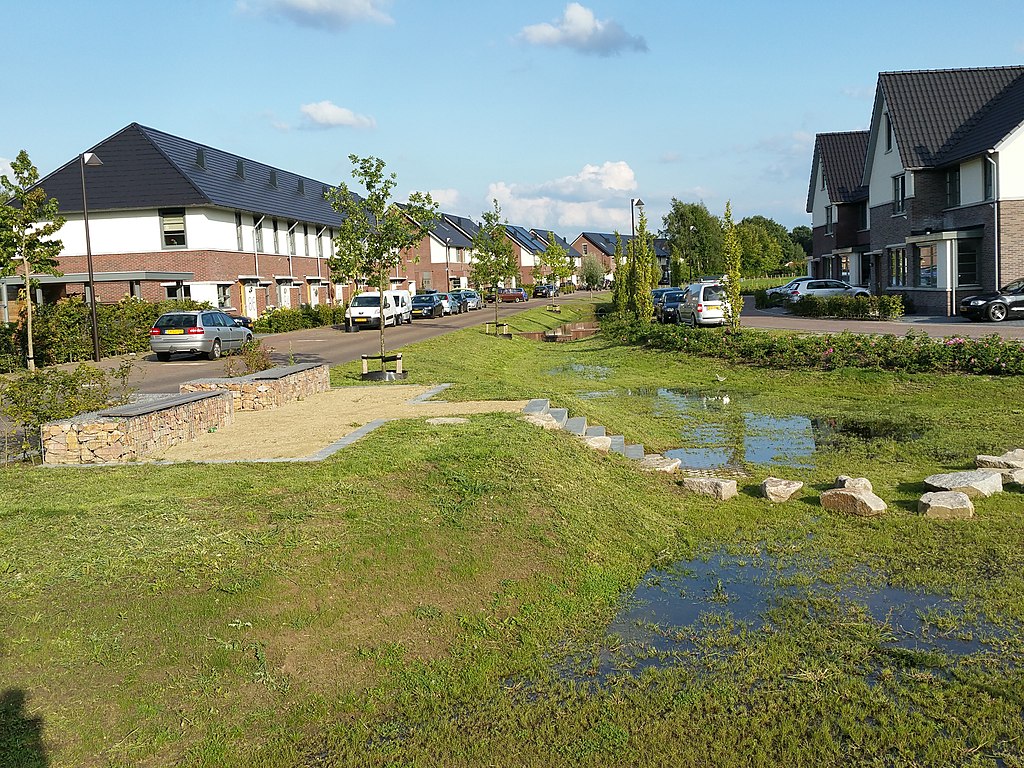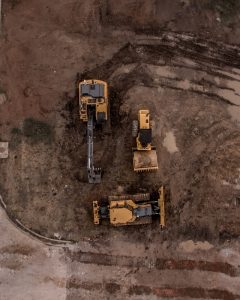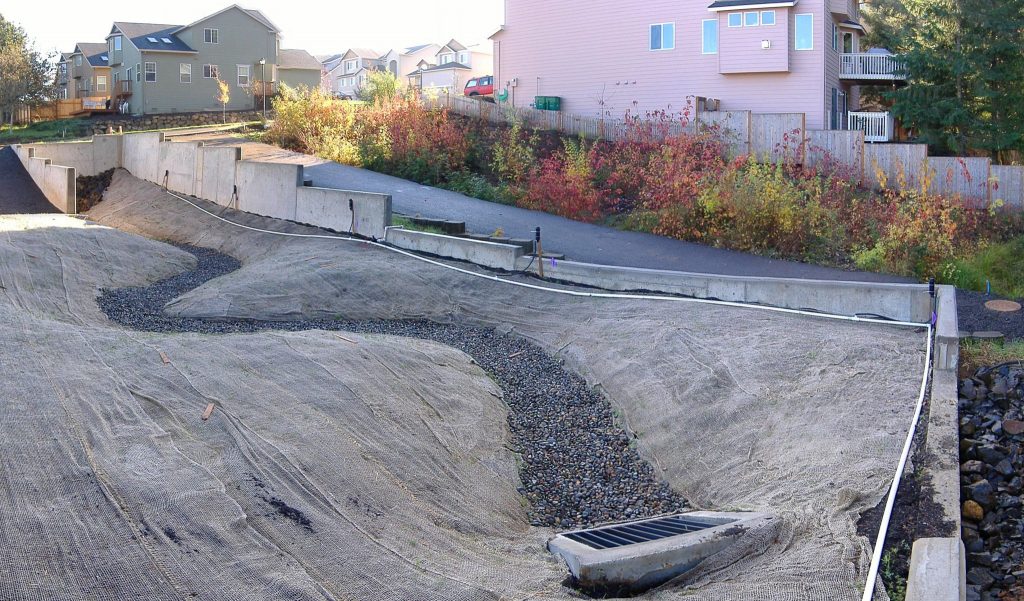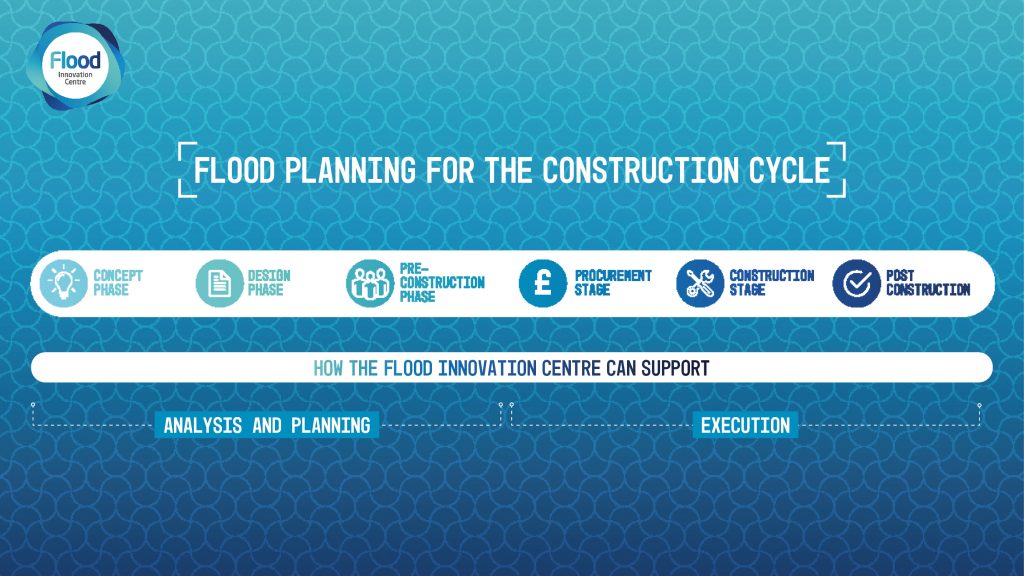
An insight into how the new CIRIA Property Flood Resilience Code of Practice relates to all construction phases from Hiatt Jackson, Flood Innovation Centre Technology Research Manager.
The CIRIA PFR Code of Practice provides guidance on how to imbed flood resilience at each phase of construction. For those new to the ever-changing world of Property Flood Resilience (PFR) technology or those involved in blue-green drainage schemes, further instruction may by required. And smaller firms involved in construction may not have the over-arching experience that enables them to understand how they contribute to the final project’s flood resilience. The Flood Innovation Centre can play a key role in helping to bridge the gaps between SMEs and this burgeoning sector at each phase of construction through our fully funded support packages.
Concept and design phases
In the concept and design stages, for any business trying to meet higher standards of nature-based flood management, it’s essential to have a level of understanding of the local catchment dynamics to design a truly exemplary scheme which has a positive impact on the development and the local ecology. Additionally, it is usually desirable that initial design plans are not only up to code but that they are employing the PFR measures which are likely to have the greatest negative flood impact on the property and take advantage of the latest advances in PFR technology.

The Flood Innovation Centre can support civil engineering firms and environmental engineers with applying cutting-edge catchment modelling and drone and lidar survey techniques. We also are able to support architects in creating flood resilient design using the latest commercial and academic knowledge, to ensure that their designs are both flood and future proofed.

Pre-construction phase
In the pre-construction phase, a contractor may need to better understand the potential flood risk to the property via a survey to determine the most appropriate mitigation products and techniques for that property and the flood risk associated with it e.g. surface water, river, coastal, etc.

This is where the Flood Innovation Centre can support through supply chain interventions, ensuring that the SME is aware of the latest advances in PFR technology or we can help businesses get their flood resilience products to market more rapidly through the use of our extensive resources for laboratory testing and prototyping.
Procurement phase
During the procurement phase, communication is key and a contractor will need to be up-to-date on developments in the PFR market to ensure that the best and most relevant products are installed. Additionally, it is imperative that the procurement team understands the needs determined by any flood resilient landscape design such as engineered SuDS or geocellular installations. These requirements should be communicated accurately to all parties who will be involved in the external construction on the property. Frequently a lack of communication throughout the process leads to SuDS schemes being scrapped in favour of traditional drainage, negating the environmental and drainage benefits within the original designs and failure to achieve the blue-green aspirations outlined in the concept stage.
Flood Innovation Centre workshops are an excellent way to build relationships and open lines of communication between SMEs and other stakeholders and to help discover new products and techniques in flood resilience.
Construction phase
This communication and training need then to be carried through to the construction phase, ensuring that all sub-contractors are well informed about the flood resilience objectives and how these will work together to build the full flood resilience picture of the property. At this point, advice from a flood risk consultant could ensure that any necessary changes to the PFR measures are being applied effectively for maximum impact and within design parameters.

Through 1:1 mentoring, we can help contractors to understand the flood resilient design parameters and how these fit in with the code of practice to ensure that they have the understanding to meet the demand for skilled people to undertake work with innovative flood resilience technologies.
Post construction phase
Once construction is complete, an effective schedule and responsibility for maintenance needs to be established to ensure that PFR and external measures continue to remain operational and functioning as intended.
Finally, and arguably most importantly, the flood resilience credentials and features need to be effectively communicated to the end-user and any subsequent owners of the property to allow them to engage with the flood resilience measures.
We at the Flood Innovation Centre have a unique resource at the University of Hull of academics who are leading experts in flood communication which we can draw upon to support SMEs to ensure the optimal methods of communication are applied.
As you can see, whatever stage of the construction phase or Property Flood Resilience development you are involved in, or even if you are just looking for some advice about where to start, The Flood Innovation Centre is here to support your business. Our team of expert Technology Research Managers will work with you to understand your needs and develop a tailor-made solution.

For more information please visit www.floodinnovation.co.uk or email flic@hull.ac.uk